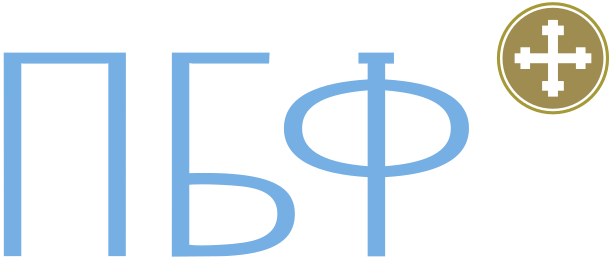Prikaz osnovnih podataka o dokumentu
Константин Велики и канони Никејског сабора (325) - унутрашње црквене прилике почетком 4. века
Ecclesiastical Circumstances in the Time of Constantine the Great in Light of the Canons of the Council of Nicea
| dc.creator | Поповић, Радомир | sr |
| dc.date.accessioned | 2024-02-19T12:56:23Z | |
| dc.date.available | 2024-02-19T12:56:23Z | |
| dc.date.issued | 2013 | |
| dc.identifier.issn | 1820-2446 | |
| dc.identifier.uri | https://rpbf.bfspc.bg.ac.rs/handle/123456789/108 | |
| dc.description.abstract | Унутрашња духовна превирања у самој Цркви била су просто неминовна последица стицања спољашње, објективне слободе Хришћанства у Римском царству почетком 4. века. Хришћанство се сада нашло у доста повољнијем положају. Како се то ново стање одразило на свакодневни живот унутар Цркве ? О томе се донекле може наћи одговор кроз пажљиво ишчитавање канона Првог васељенског сабора у Никеји (325) и анализом истих. Ови канони или правила су одраз времена и прилика у којима су настали, али исто тако одраз су наслеђеног стања, односно црквеног поретка претходних векова. У сумарној анализи ових правила видећемо како се древна, стара пракса усаглашава са новонасталим приликама и како се, с друге стране, нове појаве у Цркви регулишу 'старим обичајима ', односно предањском вером и поретком. | sr |
| dc.description.abstract | Even a quick glance at the regulations of the First Ecumenical Council (AD 325) gives us a clear insight into the internal life and order of the Church, not only in early 4th century. Most regulations pertain to the clergy, which one can understand, having in mind the sacramental life of the Church and her members. The 'military church' (ecclesia militans) here on earth is grounded precisely in the clergy. Who and under what conditions could become a priest, what the life of priests was like - was the most important question, one which could not be avoided. The second group of questions present in the regulations of this Council are schisms and heresies, which were mostly inherited from a previous period and were a consequence of either the persecutions against the Church or the life and existence of the Church in the objective freedom in the Roman Empire, when there was a growing question of how Christians, i.e. the Church, were using the freedom they had been objectively given, not only through the Edict of Milan (313). On the other hand, one should also have in mind that most regulations of the First Ecumenical Council were not quite new, that they derived from 'old customs' or 'rules' that already applied in the Church, whether as written rules or as an unwritten order, a handed down, oral Legacy, which in the new circumstances was beginning to get written down as canons or regulations. | en |
| dc.publisher | Центар за црквене студије, Ниш | sr |
| dc.rights | openAccess | |
| dc.rights.uri | https://creativecommons.org/licenses/by/4.0/ | |
| dc.source | Црквене студије | sr |
| dc.subject | свештенство | sr |
| dc.subject | сабор | sr |
| dc.subject | расколи | sr |
| dc.subject | предање | sr |
| dc.subject | правила | sr |
| dc.subject | јереси | sr |
| dc.subject | црква | sr |
| dc.subject | царство | sr |
| dc.title | Константин Велики и канони Никејског сабора (325) - унутрашње црквене прилике почетком 4. века | sr |
| dc.title | Ecclesiastical Circumstances in the Time of Constantine the Great in Light of the Canons of the Council of Nicea | en |
| dc.type | article | |
| dc.rights.license | BY | |
| dc.citation.epage | 55 | |
| dc.citation.issue | 10 | |
| dc.citation.other | 10(10): 45-55 | |
| dc.citation.rank | M251 | |
| dc.citation.spage | 45 | |
| dc.citation.volume | 10 | |
| dc.identifier.fulltext | https://rpbf.bfspc.bg.ac.rs/bitstream/id/691/108.pdf | |
| dc.identifier.rcub | conv_286 | |
| dc.identifier.rcub | https://hdl.handle.net/21.15107/rcub_rpbf_108 | |
| dc.type.version | publishedVersion |

